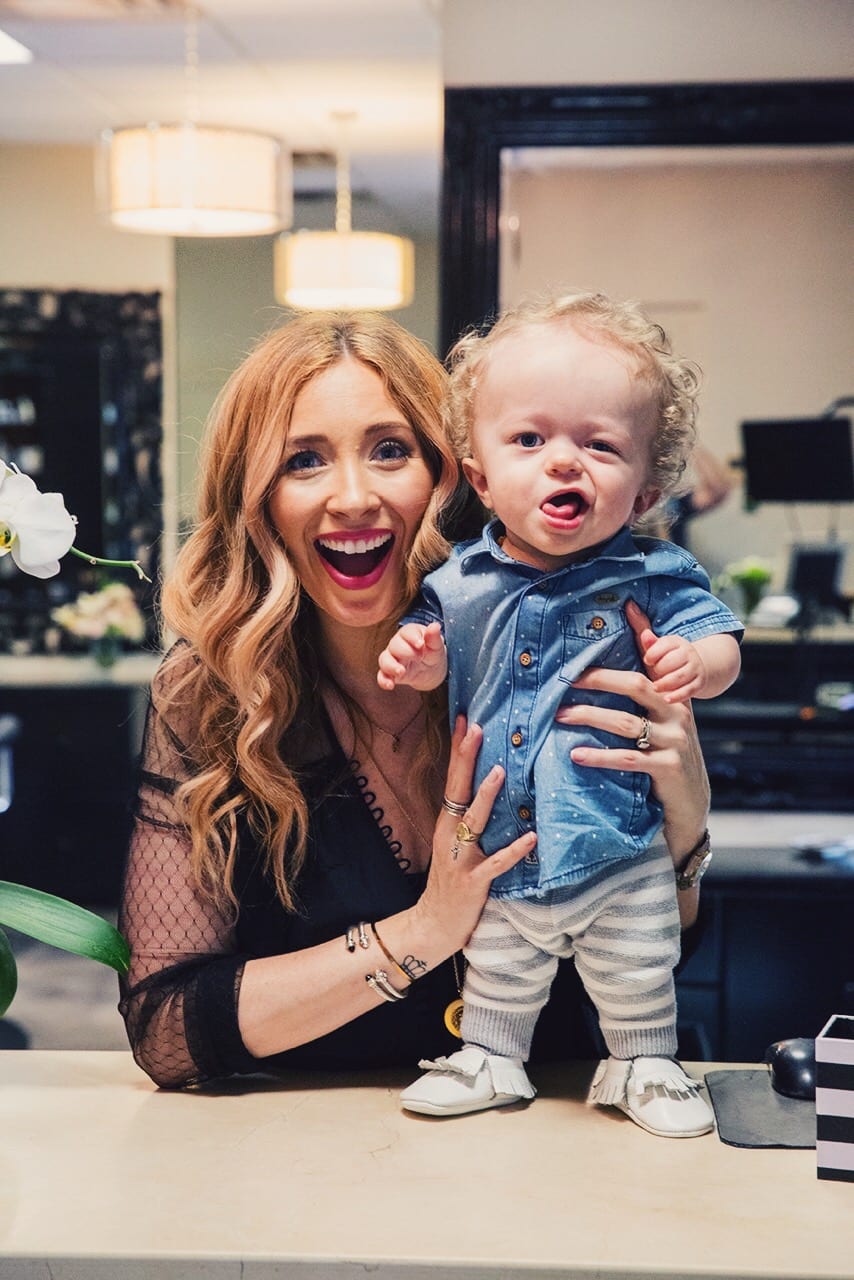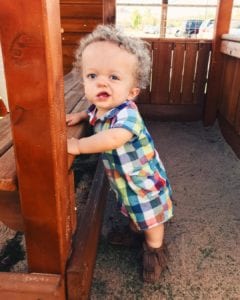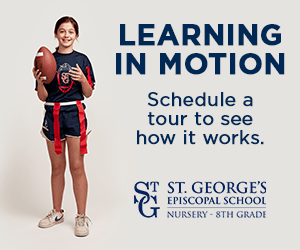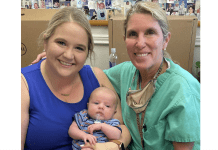Learning the Word Achondroplasia
Achondroplasia is a word I had never known before April 24, 2016.
My husband Zac and I were waiting for the nurse to bring back our 2 day old first-born son Everett from the routine hospital exam so we could go home as a family of three. Instead, the pediatrician came in and within the same sentence of telling us her name, she asked “have you noticed your son is a little unusual looking?” I was so upset by her words that I had a hard time hearing anything from there. Thankfully, Zac was able to listen as she continued to explain her thoughts that our son looks to have a skeletal dysplasia, most likely achondroplasia.
I barely recall any of the words spoken, except they were going to do x-rays and would bring him back as soon as they were complete. The feelings of confusion, fear, and anger at her words were overwhelming as we lay in the small hospital bed together in tears and prayer. I had known Everett outside of my womb for 2 days, and he was absolutely beautiful and perfect to me. My next thoughts swirled around the fact that nothing like this runs in our family so there had to be a mistake. The x-ray technician recommended genetic testing to confirm, but he agreed there looked to be a skeletal dysplasia. We left the hospital full of questions, doubts, fears, but also a peace that the entire proposal was not correct. I now know that the peace was because God was present and going to walk with us through this journey of the unknown with Everett.
A Diagnosis Filled With Emotion

At 5 weeks old, Everett was diagnosed with Achondroplasia, the most common form of Dwarfism. Zac and I wept and experienced a wide range of emotions for days and weeks after … everything. We were grieving the life we thought we would have, worrying over his health and the complications that come with dwarfism, fearing the potential of ridicule from the other people, but mostly it was overshadowed with just sheer love and joy over our new baby. We were slow to research and publicly discuss Everett’s diagnosis; mainly because we just wanted to focus on getting to know him and adjust to life as new parents. We trusted his genetics team and pediatrician that they would be on top of the health risks, and we did not feel the desire to become WebMD doctors or experts in the early days. Before Everett was 3 months old, he was having his first MRI to check for hydrocephalus and spinal cord compression. The neurosurgeon said things looked good and that he didn’t need to see us for a year.
For the first year of Everett’s life, we focused on caring and providing for him like you would any average baby. People with dwarfism do experience motor milestone delays due to disproportionate limbs and head size so we started doing physical, speech and developmental therapies around 8 months old. We have never wanted to push Everett to keep up with average size kids. We are very comfortable to wait and see him do things in his own time-frame; however, we also wanted to equip him and ourselves with information to help him learn. Everett took longer to sit up, crawl (which is still a very fast army crawl), and is not walking yet, but he is extremely determined and strong!
Potential Health Risks
One of the things Zac and I feared the most were the potential health risks that accompany achondroplasia including sleep apnea, curvature in the spine causing back pain, bowed legs, and recurrent ear infections or even hearing loss. A potentially serious complication of achondroplasia is spinal stenosis, which is a narrowing of the spinal canal that can compress the upper part of the spinal cord. Spinal stenosis is associated with pain, tingling, and weakness in the legs that can cause difficulty with walking. Another uncommon but serious complication of achondroplasia is hydrocephalus, which is a buildup of fluid in the brain in affected children that can lead to increased head size and related brain abnormalities. Our biggest fear came to fruition in August when we learned through a routine MRI checkup that Everett had significant spinal stenosis and hydrocephalus. Thankfully, I had connected with many amazing families on social media who directed me to one of the top pediatric neurosurgeons in the country who specializes in kids with dwarfism. Everett underwent spinal cord decompression surgery on August 30, 2017 at Cedars Sinai Hospital in Los Angeles, CA. The surgery has been a complete success, and we already see vast improvements in his range of motion, level of comfort, motor skills, and even speech!!! We will be returning to LA in December for another MRI to monitor the hydrocephalus and make sure the surgery was successful in that area as well. The support, love and prayers we have received from our close loved ones, friends all the way to strangers around the world was so uplifting during the challenging days leading up to Everett’s surgery and the days of recovery after. Our family has been humbled by all of the love and we have experienced true joy in the face of adversity.

Spreading Awareness
I really enjoy sharing and spreading awareness so Everett and others with dwarfism are not battling stigmas alone. I would like to encourage you to teach your children about dwarfism and other differences we have as people. Never shush them or tell them to be quiet when they ask questions about why someone looks different. Children are very observant and to have an answer to their curiosity is important to how they process what they see. If a child is hushed over their curiosity, they will see the difference as something to be ashamed of or wrong. If you don’t know how to answer, that is okay! Just ask the person they observe to tell them a little about what makes them unique! We would always rather have to opportunity to share about what makes us unique than feel misunderstood. Never gawk or stare or try to sneak pictures. This behavior is very hurtful and belittling and rarely goes unnoticed.
Facts about Dwarfism
Over the past 18 months, we have learned a lot. I would love to share with you some facts about Dwarfism in case you are like me pre-April 2016 and have zero experience with any form of it.
- There are over 200 types of dwarfism, with Achondroplasia being the most common.
- There is a 1 in 26,000 chance of having a child with dwarfism and 80% of babies are born to parents of average height. In the dwarfism community, we prefer to use “average” instead of “normal.”
- People with dwarfism are typically 4’10” and shorter.
- The terms preferred are Little Person, LP, person of short stature, or person with dwarfism. Although all of these terms are accepted, most people would rather be called by their name than a label! The word midget is considered highly offensive. I didn’t realize this until Everett came in our lives.
- Dwarfism is not a reason to assume that someone is incapable. Little People can do just about anything an average sized person can, just sometimes in a different way.
- Dwarfism is not a disease that requires a “cure.” Most people with the condition live a long prosperous life and are typically of average intelligence.
- Most types of dwarfism come with medical complications that could result in surgeries, some more severe than others.
















